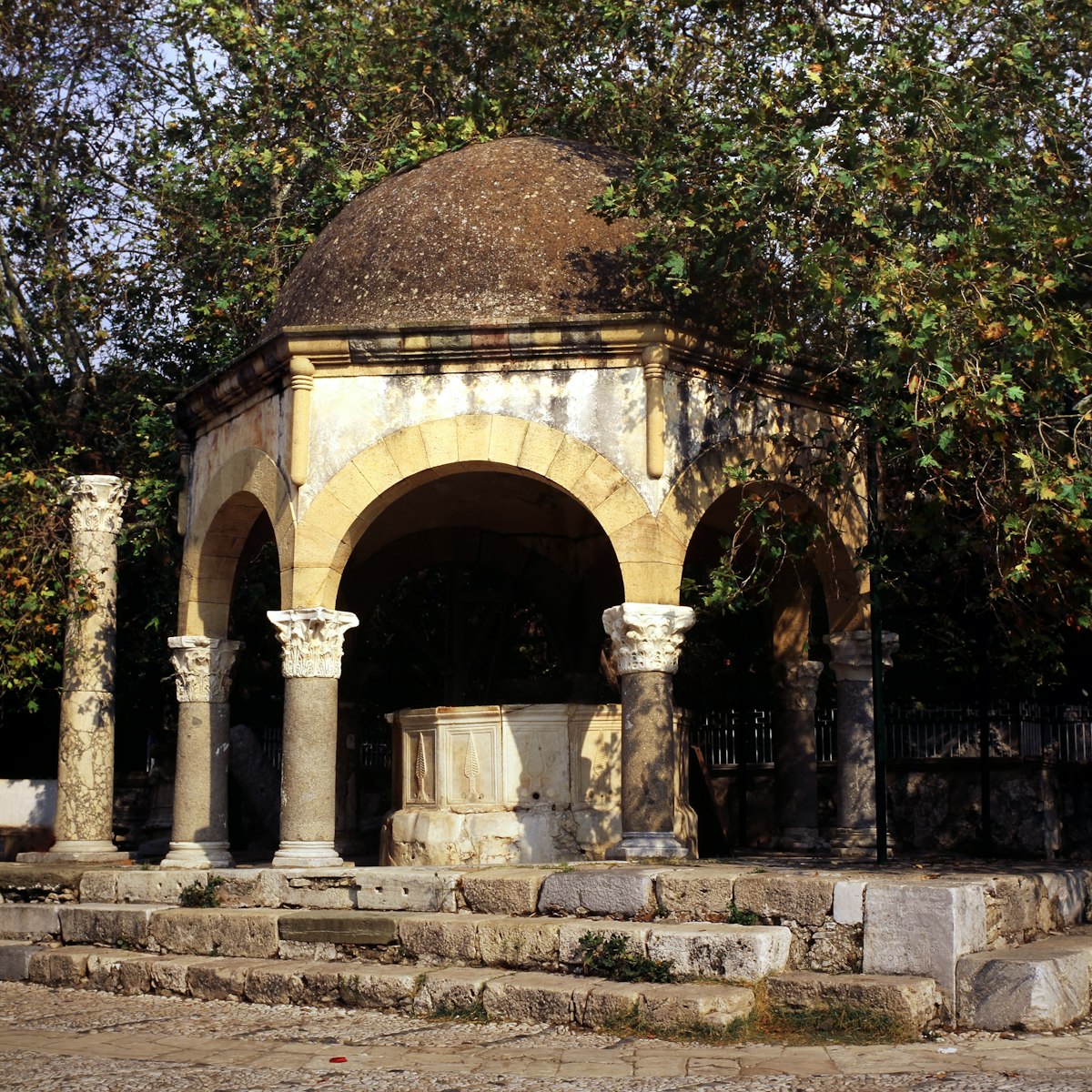
Kos Town
North of the Ancient Agora is the lovely cobblestone Plateia Platanou, where you can pay your respects to the Hippocrates' plane tree, under which…

Kos Town
North of the Ancient Agora is the lovely cobblestone Plateia Platanou, where you can pay your respects to the Hippocrates' plane tree, under which…

Kos Town
Due to damage caused by an earthquake in 2017, Kos’ magnificent 15th-century castle is currently closed. Nevertheless, given its extraordinary location at…

Kos Town
This open archaeological site, south of the centre, holds ancient ruins uncovered by an earthquake in 1933. Its real treasures are the mosaics of the…

Kos Town
Reopened to the public in 2015 after years of restoration, Casa Romana is believed to have been constructed during Hellenistic times and remodelled until…

Kos Town
Exposed by a devastating earthquake in 1933, Kos’ ancient centre – an important market, political and social hub – occupies a large area south of the…

Kos Town
The warm, graceful charm and sedate pace of Kos Town is experienced at its best in this lovely cobblestone square, immediately south of the castle…

Kos Town
Housed in a superb example of an Italian-era building, located in the central square, the small, but excellent archaeological museum possesses a wealth of…

Kos Town
The Gazi Hassan Pasha Mosque, built in 1786 with the support of pasha (admiral) Gazi Hasan Pasa, governor of Kos, boasts one of the most stunning minarets…

Kos Town
You can still sense the opulence of this 2nd-century private villa, of which the chief surviving relic is a superb mosaic floor depicting the abduction of…

Kos Town
Built on the site of an even older Greek predecessor, this 2nd-century Roman theatre seated around 750 spectators. In summer, performances are sometimes…

Kos Town
The overgrown but evocative remains of this Greek temple, dating from the 2nd century BC, centre on an altar with a frieze depicting Amazon warriors.

Kos Town
The only surviving parts of this 2nd-century BC temple are the foundations and platform on which the original structure once stood.

Kos Town
On the south side of Kos' castle are the ruins of the Shrine of Aphrodite.

Kos Town
This cluster of Doric columns once supported the roof of an open-sided portion of the ancient gymnasium.


